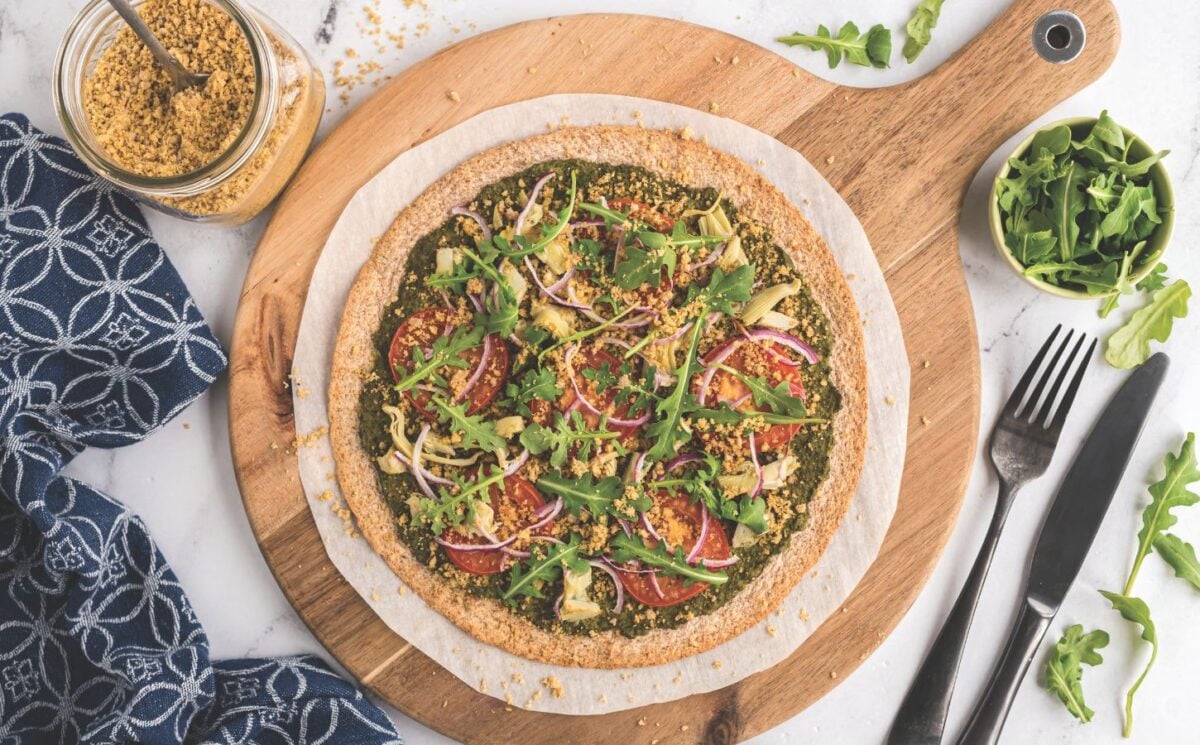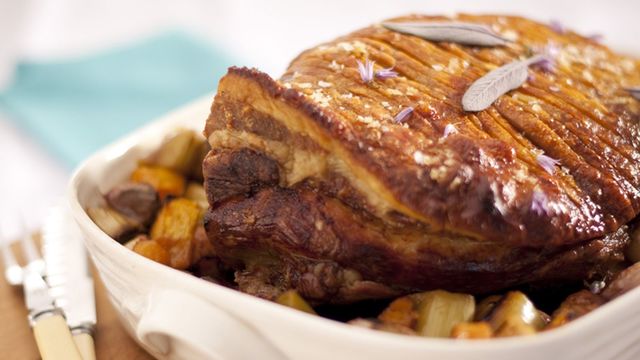
Beans are kind of like the your best friend from high school — nearly forgotten but always ready to step back into the limelight and help out an old pal when needed. As gorgeously (and tantalizingly) demonstrated in Rancho Gordo’s new cookbook, “ The Bean Book: 100 Recipes for Cooking with All Kinds of Beans ” (Ten Speed, $35), beans are indeed a magical fruit, though not in the way you heard as a kid. Classified as both a vegetable and a plant-based protein in the USDA’s Dietary Guidelines for Americans, beans and other legumes can be the ingredient you build an entire vegetarian or veggie-forward meal around.
Or, they can help an economical cook stretch a dish twice as far with nutritious calories. A healthful and shelf-staple plant food — they last for years when dried — beans have been among a home cook’s most reliable pantry items for a very long time. (Common beans (Phaseolus vulgaris) are thought to have been grown in Mexico more than 7,000 years ago.
) That’s why, for some, they’re often something of an afterthought, especially if the only time you ate them as a kid was when your mom tossed kidney beans into a pot of beef chili or made baked beans (with brown sugar and bacon, please!) for a family cookout. Vegetarians have always appreciated their versatility and nutritional punch, and because they’re cheap, they also were quite popular during the Great Depression and World War II as C rations. Sales also peaked during the coronavirus pandemic, when shoppers stockpiled long-lasting pantry essentials.
It wasn’t until Rancho Gordo, a California-based bean company, trotted out its branded packages of colorful heirloom beans that the plant began to take on cult status among some shoppers. Unlike the bean varieties commonly found in even the smallest grocery stores, heirloom beans are mostly forgotten varieties that were developed on a small scale for certain characteristics, with seeds from the best crops passed down through the generations. The result is beans that are fresher and more colorful than mass-produced beans, and come in different shapes and sizes.
They also have a more complex and intense flavor, fans say. “The Bean Book” dishes up dozens of different ways to cook Rancho Gordo’s 50 heirloom bean varieties, which include red-streaked cranberry beans, mint-green flageolets, black and classic garbanzos and (my favorite) vaquero — which wear the same black-and-white spots as a Holstein cow. Other gotta-try varieties (if just for the name) include eye of the goat, European Soldier, Jacob’s Cattle and Good Mother Stallard, a purple bean with cream-colored flecks.
“The very good news is that you have to work extra hard to mess up a pot of beans, and it’s not difficult to make an excellent pot,” Steve Sando writes in the book’s foreword. “The even better news is that you become a better cook with each pot you make.” Not convinced? Here are five reasons to jump on the bean bandwagon: They’re easy to find Even the smallest grocery store will have a selection of dried and canned beans.
Common varieties include black, cannellini (white kidney), Great Northern, pinto, navy, kidney, Lima and garbanzo (chickpea) beans. They’re affordable Even when they’re not on sale, beans are a bargain at the supermarket. Many varieties cost less than $1 a can, and dried beans are an economical way to build a menu.
I paid $1.25 for a one-pound bag of cranberry beans, a smooth and velvety bean with a slightly nutty flavor, at my local grocery store. Rancho Gordo’s heirloom beans cost substantially more.
(They run $6.25-$7.50 for a one-pound bag, with free shipping on orders over $50.
) But they are sold within a year of harvest, which makes them more flavorful and tender. A bag also comes with cooking instructions and recipe suggestions, and the quality is outstanding. Plus, after cooking their beans with aromatics, “you are left with essentially free soup,” Sando writes in the cookbook.
“If you drain properly cooked and seasoned beans, the liquid you are left with is delicious.” They’re nutritious Beans are a great source of plant-based protein and both soluble and insoluble fiber, and they include essential minerals like iron, magnesium and potassium. If you’re watching your weight or following a particular diet, beans are naturally free of fat, sodium and cholesterol and are rich in complex carbohydrates.
They also contain antioxidants and folate. And if you’re vegan or vegetarian, most types of dry beans are rich sources of iron. The U.
S. Dietary Guidelines for Americans recommends eating 1-3 cups of legumes, including beans, per week They’re a cinch to cook Dry beans have to be soaked overnight, but cooking them is easy. They can be cooked on the stovetop, in a slow cooker, in the pressure cooker and in the oven.
Canned beans are even easier — just rinse and drain, and they’re ready to go. They’re versatile Beans can be used in so many different dishes. They can be made into soup, salad or dips, top nachos, add some heft to a casserole or be mashed into the makings of a veggie burger.
You also can add them to brownies and other baked goods, toss them with pasta, add them to chili or a rice bowl or stuff them into a taco or burrito. Check out these four recipes: White Bean Soup with Shiitake Bacon This light and creamy vegetarian soup benefits from a surprising garnish, roasted shiitake mushrooms, which taste exactly like bacon. INGREDIENTS For soup: For bacon: To finish: DIRECTIONS Serves 4-6.
— “ Mastering the Art of Plant-Based Cooking ” by Joe Yonan Polenta with Cranberry Beans and Tomato Sauce Velvety cranberry beans simmered with tomato and the punch of red wine vinegar are a perfect match for a soft bed of cheesy polenta. This is a filling, stick-to-your-ribs dish perfect for fall. INGREDIENTS DIRECTIONS Serves 6.
— “The Bean Book: 100 Recipes for Cooking with All Kinds of Beans” by Steve Sando White Beans with Clams and Chorizo Beans and seafood might seen like an unusual pairing, but in this recipe, mild white beans take on a lot of flavor from clams. Spanish chorizo adds a nice contrast. INGREDIENTS DIRECTIONS Serves 4-6.
— “The Bean Book: 100 Recipes for Cooking with All Kinds of Beans, from the Rancho Gordo Kitchen” by Steve Sando with Julia Newberry White Bean Dip So easy to pull together for your next party! INGREDIENTS DIRECTIONS Makes 1 1/2 cups — Gretchen McKay, Post-Gazette Related Articles.














